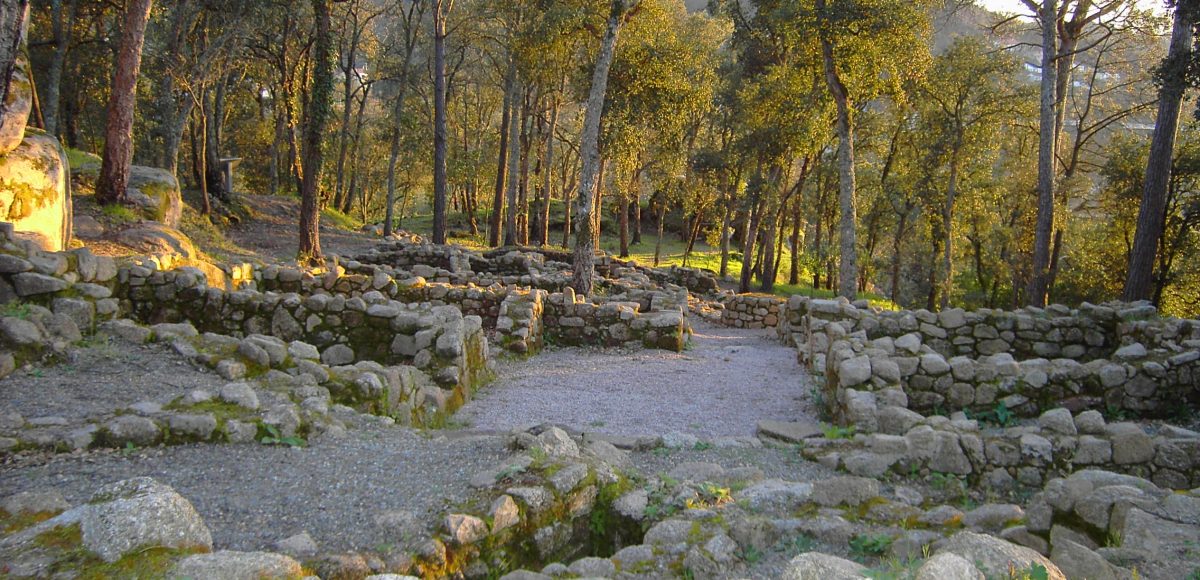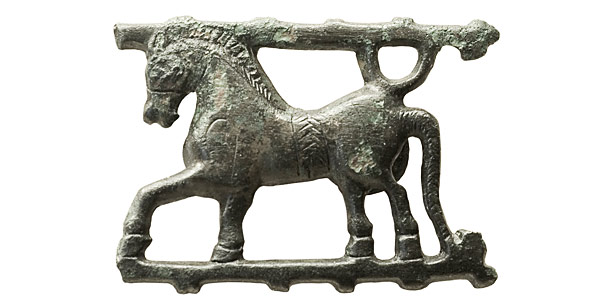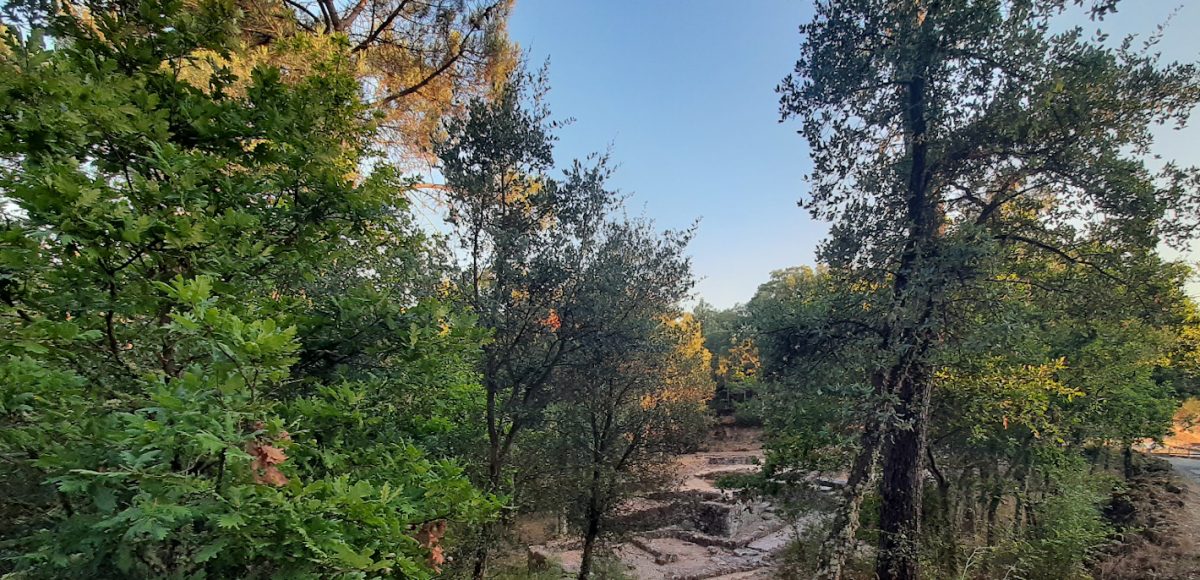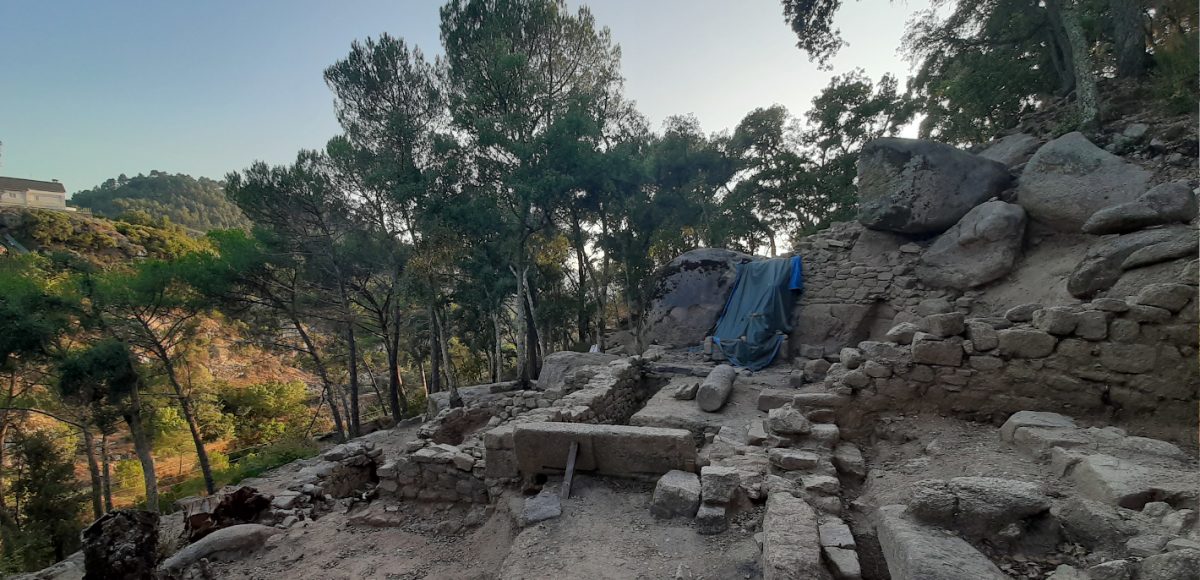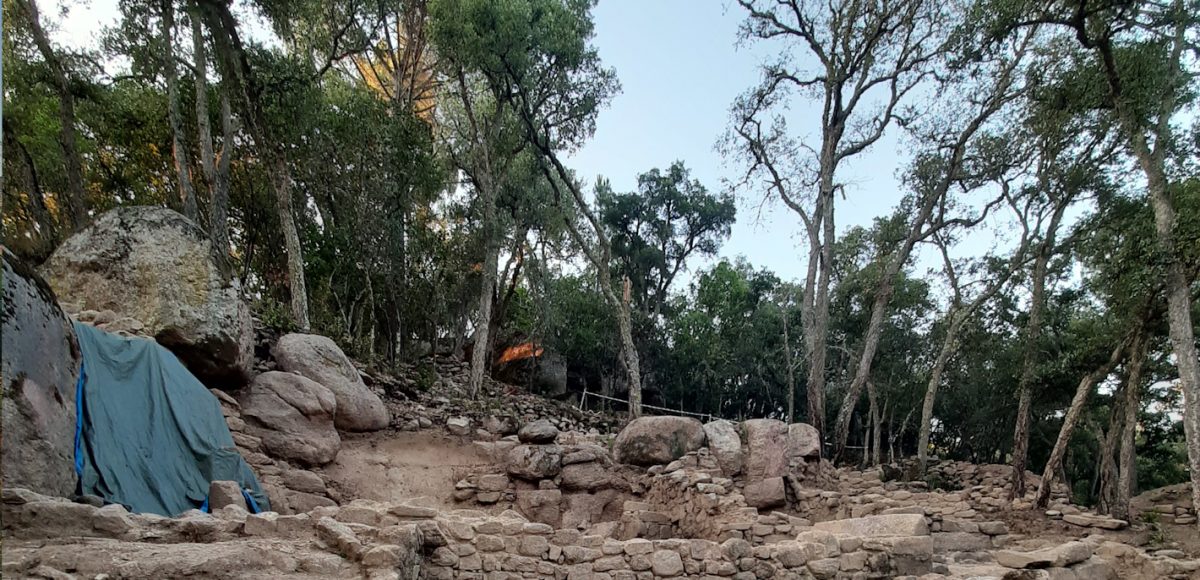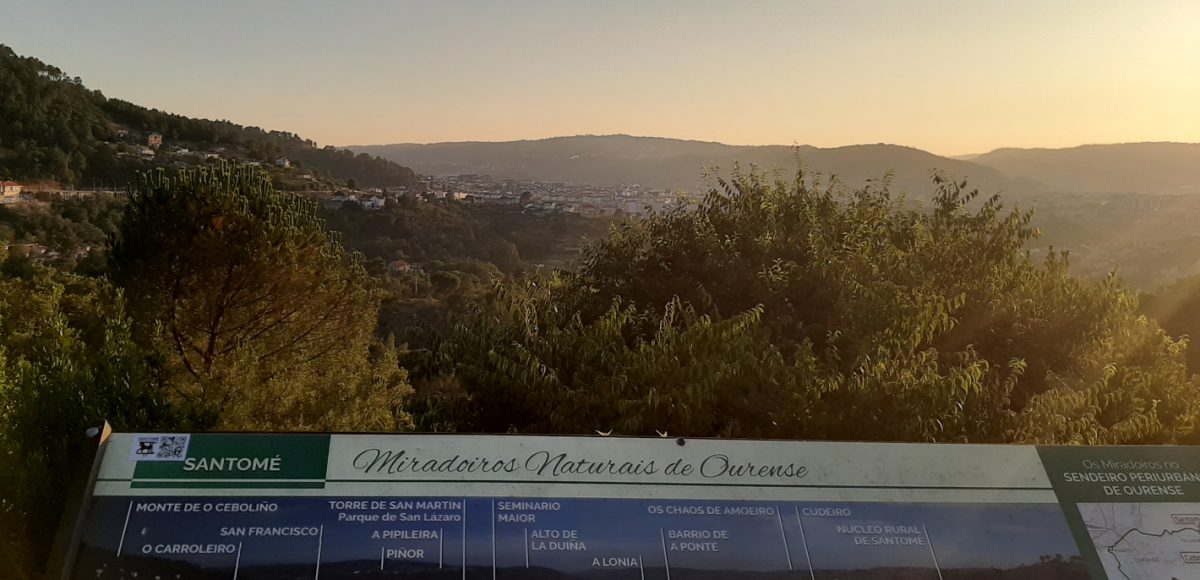
Natural Archaelogical Site of Santomé
Free access
A place where the past and nature meet, Santomé is a magnificent indigenous forest that hides an archaeological site where the Celtic and the Galician-Roman cultures coexisted .
This archaelogical site, located just three kilometres away from the downtown area, is essential to understand a fundamental part of the city’s past. It combines historical values (characteristic of a complex archaeological site) with natural ones, derived from a contour that not only retains a peculiar vegetation but enjoys a privileged location with stunning views over the city.
From an archaeological perspective, Santomé stands out as one of the few examples in Spain where you can still see the coexistence, in time and space, of two very different cultures. In the highest part there are remains of a castro (hillfort), a fortified settlement typical of the peoples from the Iron Age; in the plain, there is a customary Galician-Roman villa. This area was occupied between the 1st and 5th centuries A.D., which shows how Roman modes and forms coexisted in perfect symbiosis with previous traditions, creating models that will survive long in rural Galicia.
Its privileged situation over river Lonia (which would act as a defensive element for the settlement) provides a splendid view over the city and the “kettles” that the river has modeled in the stone.
But Santomé is also a fine example of the traditional forest in the valley of Ourense, with an obvious Mediterranean trend. In it oaks are mixed with cork oaks, hom oaks and pines, plus a lot of arbutus. It is located on a cliff over river Lonia, which would act as a defensive element for the settlement. When visiting the place, it is worth to skirt around to enjoy the view over the “kettles” of the river, huge rocks eroded by the whirpools.
A chronological journey
From an informative point of view, the path enters the croa or upper part of the hillfort , where the most recent archaeological excavations, made in 2000, uncovered a complete unit, a district. Around a central street and a square there are different houses (some of them overlapping) spanning a period from the 1st to the 2nd century AD. At the top it was also found a fortress tower that gave access to the hillfort.
Notice in the cobbled street that leads out of the village that more than 30 metres from its original layout are preserved. The first constructions outside the hillfort appeared on the northern and western sides in the mid-1st century AD, presenting a marked Roman influence that differentiates them from those existing in the croa or upper part at that time. Like the hillfort, this area would be abandoned in the middle of the 2nd century AD. However, during the 3rd century AD it would re-inhabited with new constructions on the ruins of the previous buildings. These are two houses that have the characteristics of Roman villas, in terms of being organized around central courtyards and having a certain level of comfort and even luxury.
Thus, the first house (located near the information booth) retains the courtyard, reminiscent of the Roman atrium. In the second one, two elements that are unusual in the Galician-Roman archaeological scene stand out: the remains of a building with an upper floor (of which some steps of the access staircase are preserved) and a trivet. This is an exceptional heating system in the form of a heated bench, which derives from the Roman hipocaustum. No similar heating systems are known in Galicia, but oddly it has survived in the traditional houses of the area of Terra de Campos (Castile and Leon)
Schedule
Free access

